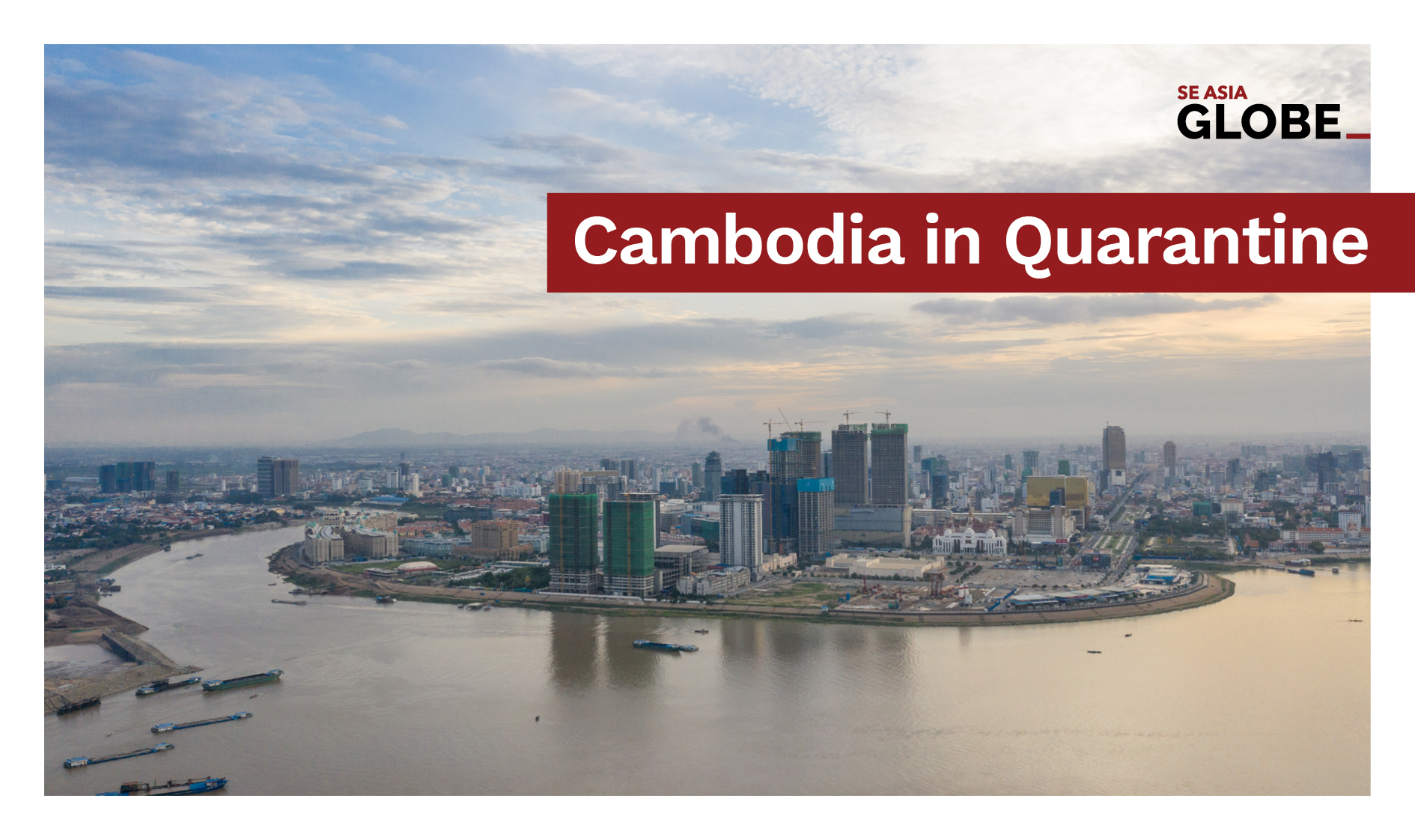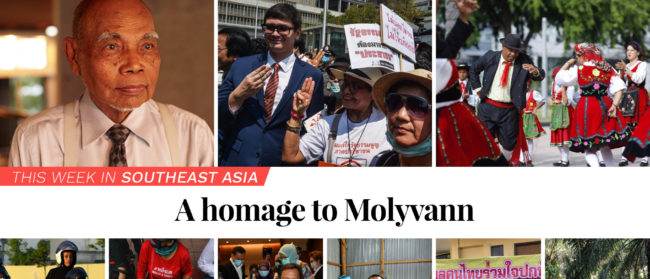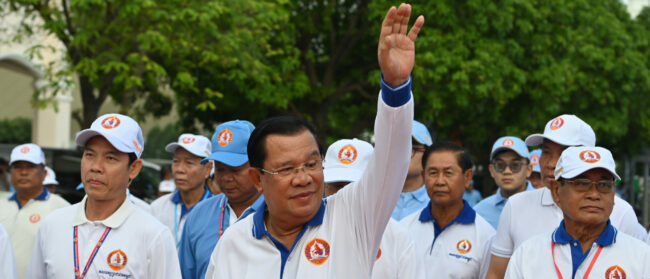Cambodia in Quarantine is the result of a lot of effort from the whole Globe team, not to mention the generosity of the dozens of subjects we interviewed across the country to get an idea of the economic resilience of a nation. What we found, by and large, were people doing all they could to get by, holding their heads up as they looked through the tumult of Covid-19 to better days ahead. You can also read the series in a special edition e-magazine harkening back to our days in print!
There was Seurn Chhim, 40, who has been out of work for months now since the garment factory at which he’d made a career suspended its operations with little notice. Both he and his wife are now among the approximately 130,000 workers in Cambodia’s garment and footwear industry who had lost jobs due to the global economic downturn.
Before the onset of the novel coronavirus, the manufacturing sector for garments, footwear and travel goods employed close to a million Cambodians who produced about 74% of their nation’s exported merchandise. With the dual impact of pandemic downturn and the steadily realised loss of the European Everything but Arms trade agreement, these workers are steeling themselves for whatever is to come.
Some are returning to the land.
The Covid-19 pandemic has effectively levelled much of the Cambodian economy, wreaking havoc on garments, construction and especially tourism. But agriculture – perhaps Cambodia’s most consistent economic sector, yet increasingly marginal in the country’s runaway GDP growth – also seems to be the least dramatically affected by the severe disruption seen elsewhere.
Prime Minister Hun Sen has, repeatedly in recent months, urged Cambodians to use the country’s agrarian background to eke out a living. Many, such as Siem Reap tourism operator Moern Yokho, are answering the call, at least in part.
Yokho is one of a small army of hospitality and tourism sector workers, more than 600,000 officially on the books in the Ministry of Tourism, now adrift in the sudden collapse of global travel.
In 2019, the Kingdom had 6.6 million international arrivals who generated more than $4.91 billion. This year, the tourism ministry estimates some $3 billion could be wiped off the map.
The massive losses have echoed across the economy, but, for some, they almost don’t matter.
On the Tonle Sap, the Great Lake of Cambodia that fills with seasonal floodwaters from the reverse-flow of the Mekong River, life is harder than ever. That’s not because of Covid-19 though, say the residents on and near the water.
The economic hardships of the Tonle Sap communities, particularly those on the lake itself, have been driven by environmental decay that predates the pandemic and which will likely persist long after medical researchers find solutions for the novel coronavirus.
For the people who live here and depend on the once-bountiful fishery to make their living, the outlook is immensely grim.
“We are hopeless here,” said Ming Triv Ghay, a fisherwoman and resident of a floating village. “Totally hopeless.”
While the pandemic downturn has not directly affected these people who had little stake before in the economy, it has further reduced their options at a time when their traditional way of life has all but dried up.
Once, people here who busted in fishing may have found work labouring on a construction site, a massive growth engine for modernising Cambodia.
But, for workers in Phnom Penh and elsewhere now marooned on-site, waiting for suspended operations to resume, that growth has clearly been put on hold.
That’s because the runaway construction sector is now running aground in the shoal of Covid-19. Construction had emerged as a powerful and consistent engine of Cambodia’s rapid economic growth in recent decades, driven for the most part by foreign direct investment (FDI) from China and other large Asian economies.
Though it’s believed to account for only about 2.3% of official total employment – directly employing about 200,000 Cambodians – the World Bank reports construction accounted for almost 38% of GDP growth last year.
The Covid-19 story has, both here and far abroad, been one shaped by data, whether it be public health, demographic, economic or some combination of everything. For countries like Cambodia, where data collection can be a trial, we’ll likely not now the true toll of the pandemic for years to come. My wrap-up analysis touches that while describing some of the between-the-lines context that frames the series as a whole.
This series is financially supported by Splice Lights On grant. Splice is working with Facebook to distribute micro-grants in support of small- to mid-sized news orgs and their freelancers in Asia financially affected by Covid-19.


